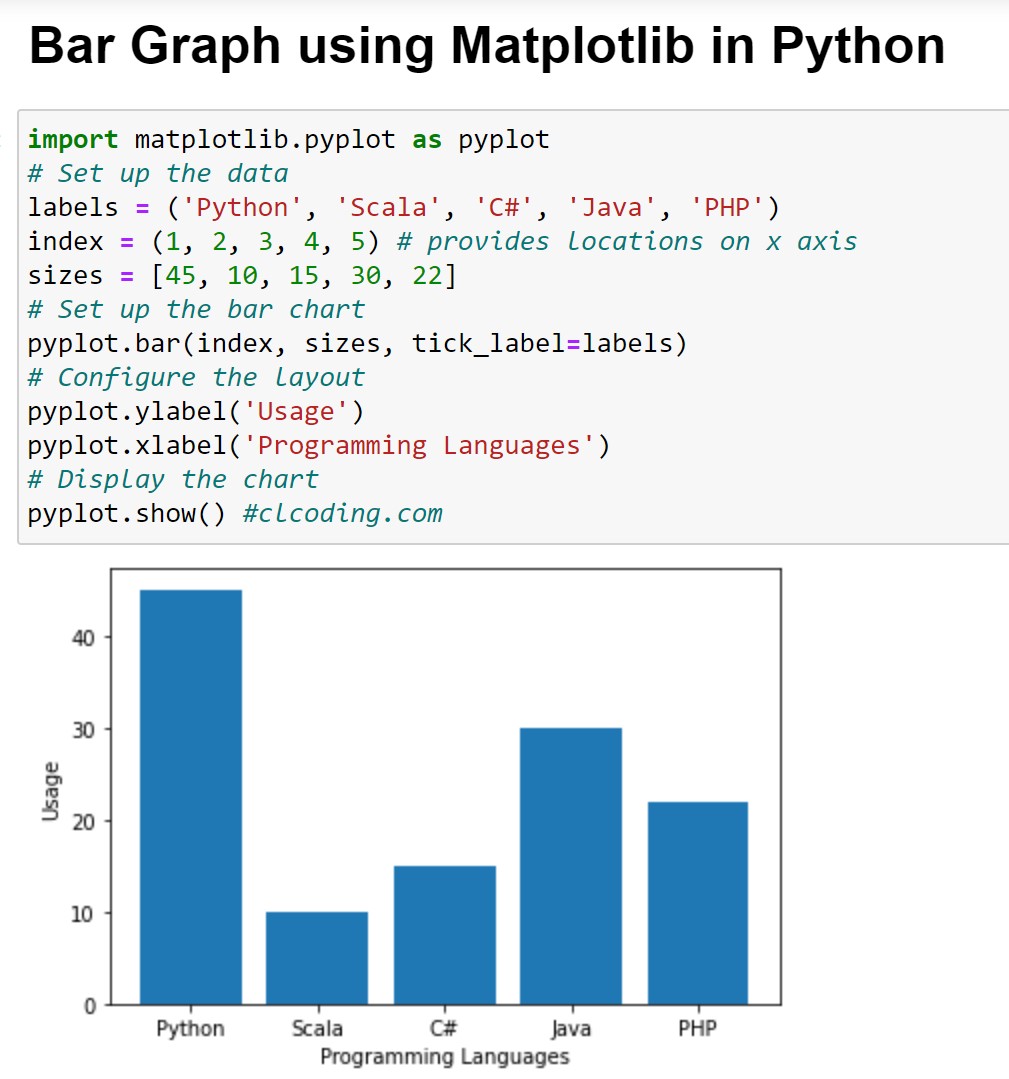# take input from the user
num = int(input("Enter a number: "))
# initialize sum
sum = 0
# find the sum of the cube of each digit
temp = num
while temp > 0:
digit = temp % 10
sum += digit ** 3
temp //= 10
# display the result
if num == sum:
print(num,"is an Armstrong number")
else:
print(num,"is not an Armstrong number")
#clcoding.com
Enter a number: 477 477 is not an Armstrong number






















































.png)






















.png)






